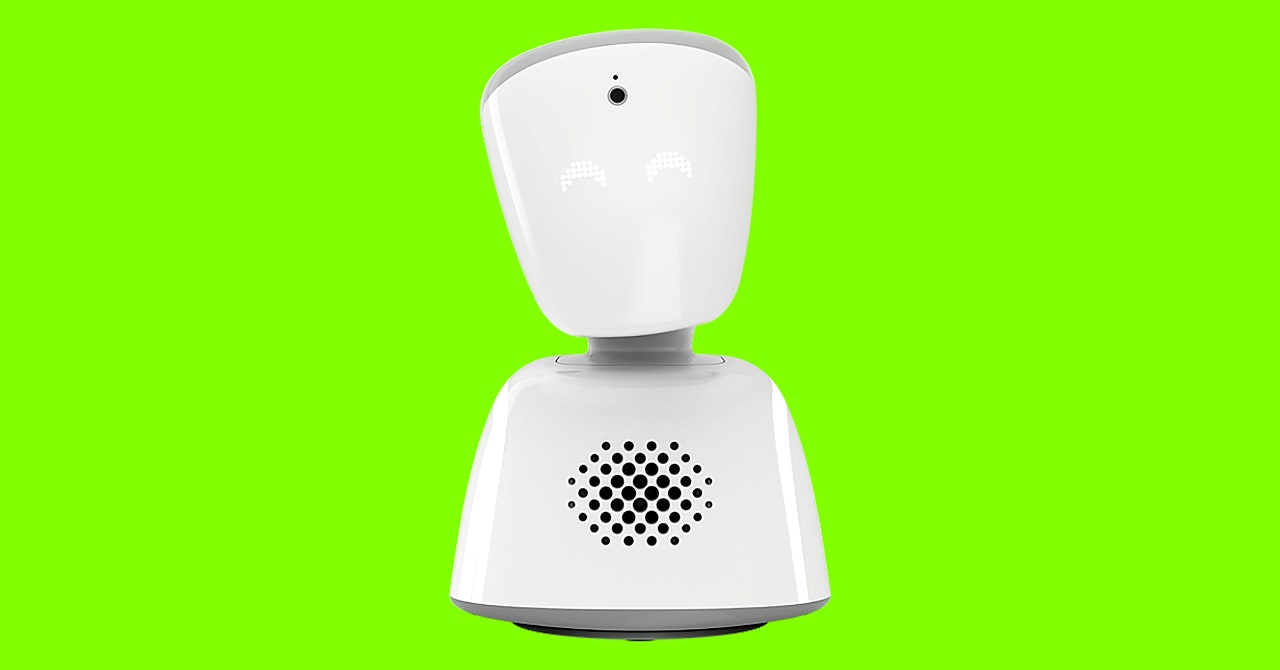
That was the key; those interactions that I craved in the hospital were the same that many missed during the pandemic. The robot could provide that for me in a way that Zoom classes never could.
When asked about the potential of using telepresence robots following the pandemic, Chiu agrees that virtual classes have changed peoples’ perspectives. “I think people now understand that that’s a possibility that the VGo can be used. Once everyone understood it, of course, the teachers thought it was really helpful and they were grateful that you were able to stay connected between all the things that you needed to do with treatment.”
Chiu was not the only one to acknowledge the changes that Covid-19 has made to the world of telepresence robots. Simon Strauss, currently head technical support expert at Vecna, the company that designed the VGo, observed a difference as well.
“During the height of the pandemic, where everyone was going virtual, we did not see as much demand, simply because literally everyone was virtual,” he says. Following the reopening of schools, however, he saw an increased interest in the VGo—more people had opened their eyes to how technology could aid those under heavy medical restrictions, and how it improved virtual classes.
Of course, the VGo isn’t the only telepresence robot out there. Another alternative is the AV1 from the Norwegian company No Isolation. Unlike the VGo, however, the AV1 is placed on a desk, and it has no screen to view the patient on the other end.
Simon Ommundsen, an innovation director and former UX designer at No Isolation, explains to me why this choice was made.
“One of the first insights we had when we developed it was how uncomfortable it was for many children to be on display or have that pressure to put their camera on,” he says. “I think now, after the pandemic, a lot more people have sympathies with this pressure to put on a display.”
The comfort of the user seemed to be one of the primary concerns of the AV1’s design. Ommundsen went on to describe how the AV1 made sure that kids wouldn’t have to feel pressured to attend class. “If you’re not feeling well, if you need to disconnect for a while, if you’re in the hospital and something happened, you can just do so and reconnect without the teacher having to really do anything,” he said.
The AV1, according to Ommundsen, was meant to be customizable, in order to embody the patient attending as much as possible. “We received one back that was covered in black Sharpie. When requesting features, the user said they would love it if it had like a Darth Vader voice filter,” he says. I shared with him a similar experience with my robot, which was affectionately referred to as “G2O2.”
Strauss, too, mentions how the added benefit of telepresence robots is their ability to build relationships with others.
“I had a case where the school had a fire drill, and some of the kids were helping the kid on the VGo get in line as well,” he says. “And the teacher was like, ‘Why are you bringing the robot?’ and the kids responded like, ‘Because it’s Billy, everyone has to go out in a fire drill.’ It’s this factor of being treated like you are a person there. You wouldn’t get from just being a screen on a desk.”


